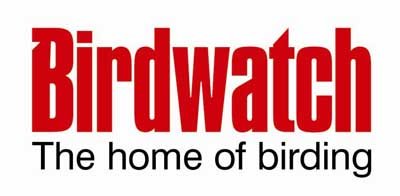 Common Swifts are familiar birds in many European cities, breeding close to man under the roofs or in cracks in the walls of buildings, bridges and other constructions. However, they are also disappearing from many cities, and the possible reasons for this are the decreasing availability of flying insects (their staple food) or the gradual improvement of buildings, which prevents swifts from gaining access to suitable nesting places.
Common Swifts are familiar birds in many European cities, breeding close to man under the roofs or in cracks in the walls of buildings, bridges and other constructions. However, they are also disappearing from many cities, and the possible reasons for this are the decreasing availability of flying insects (their staple food) or the gradual improvement of buildings, which prevents swifts from gaining access to suitable nesting places. BirdLife International and the RSPB would therefore like birders to contribute to a survey of Common Swifts in the capitals of the 27 Member States of the EU. The collected data will be used for media release, drawing the attention of the public to the conservation issues around common and familiar birds and the quality of our living environment.
The survey needs participating birders to do the following:
• Undertake a one-hour survey of Common Swift (Apus apus) – and no other swift species – in the centre of your capital city.
• Counts should be undertaken in relatively warm conditions with only modest breeze, and preferably between the hours of 18:00 and 22:00.
• Observers should watch for a one-hour period and count the approximate number of swifts in parties they see flying over the city. They should count the birds seen and make a note of the number. Swifts in small parties can be counted individually, but for birds in larger parties it may be easier to count in groups of five, or 10, to come up with your best estimate.
• Observers also need to provide with the maximum total number of swifts they record in one of four categories: (1) 0, (2) 1-10, (3) 11-100, (4) 101-1000.
• Zero counts are extremely valuable, so please send these in too!
• We ask that the survey is carried out on one evening between 25th June and 9th July • Please feel free to repeat the survey on several evenings, if you wish to do so, and send us the maximum counts for each date. • You need to provide: a) Date of the count, b) City name, and c) Maximum number of common swift seen in a simple table (see Annex). Anyone who wishes to take part or who needs more details should respond by email to: Darren.Moorcroft@rspb.org.uk.
Photo: Mark Thomas (RSPB)

